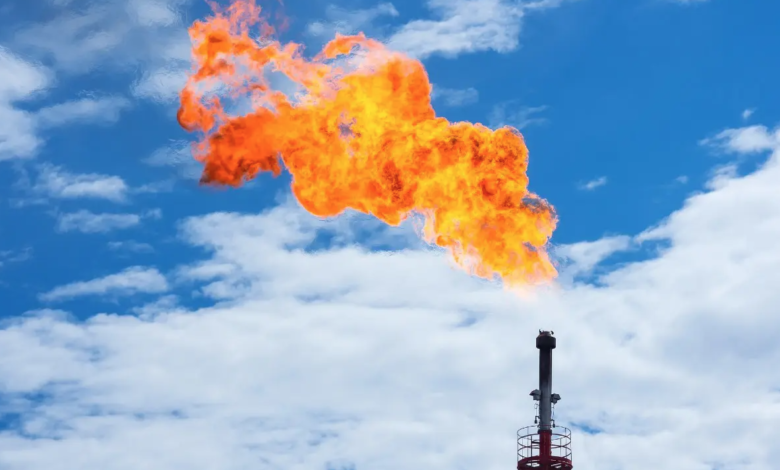Methane emissions: the US pollutes three times as much as they claim
Nature study recalculates real US methane emissions
(sustainabilityenvironment.com) – The United States produces three times more methane emissions than those they officially declare. Not 1% of the gas extracted in the country, that is the data released by the US Environmental Protection Agency (EPA), but 3%. Translated into climate damage, these spills are worth $9.3 billion a year. The good news is that about half of these leaks are easily preventable.
This is stated by a study published in Nature that summarizes the results of the most extensive monitoring ever carried out so far on methane emissions from the American oil & gas sector. It is based on 10-year aerial surveys conducted by Kairos Aerospace and Carbon Mapper Project on the country’s 6 major mining regions. Methane values were directly detected above 52% of oil wells and 29% of gas extraction sites and related pipelines.
Methane leaks, who are the biggest polluters of 2022?
But this is not just about direct data. The technology used for the measurements, in fact, can identify the leaks that exceed 100 kg of methane per hour, while the smaller ones go unnoticed. Quite common cases, involving isolated extraction sites, with an emission content of around 1 kg of methane per hour. The final estimate of 3% is the result of direct observations of major leaks and estimates of methane leaks from smaller wells.
Despite the triple estimate compared to EPA data, the study found that solving the problem of methane emissions in the US is relatively simple. “Only 0.05-1.66% of wells contribute to the majority (50-79%) of emissions,” reads the study. Compressors and pipelines “contribute 18-57% to the estimated regional emissions, similarly concentrated in a small number of point sources,” he adds.
In other words: acting on relatively few sites, from which major leaks come, it is possible to reduce in a very short time between half and ¾ of national methane emissions. Methane is a greenhouse gas with a climate-altering power 82.5 times higher than that of CO2 in the first 20 years it remains in the atmosphere. Although it is more volatile than carbon dioxide, its short-term impact on global warming is significant. From 1850 to today, it is estimated that about 1/3 of the cumulative global warming (today at +1.14°C globally) is due to methane emissions originating from human activities.






